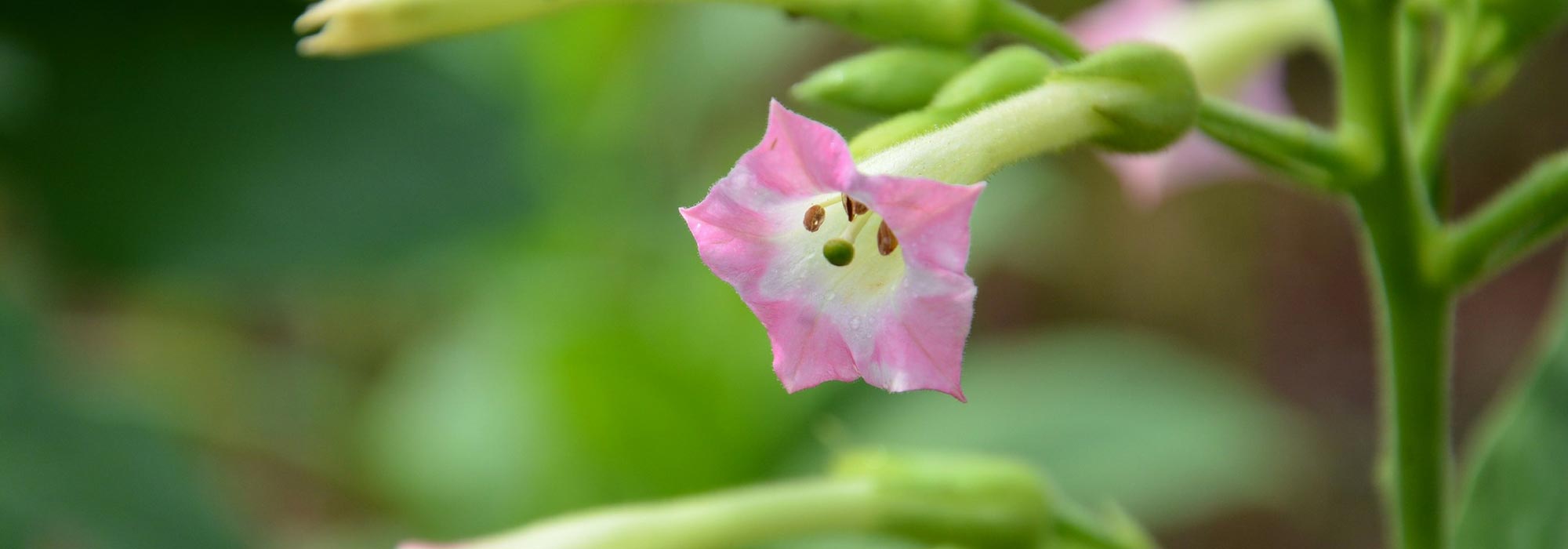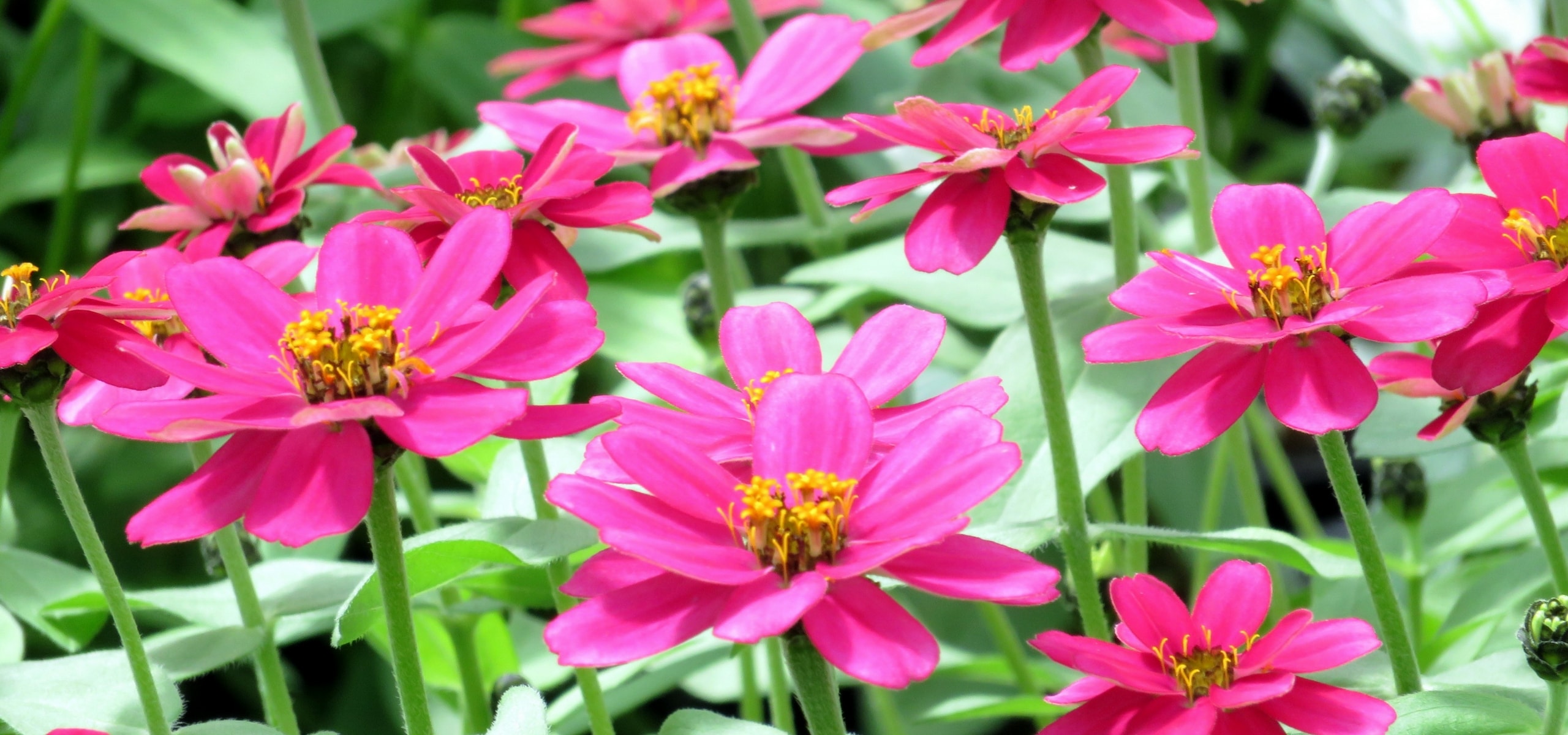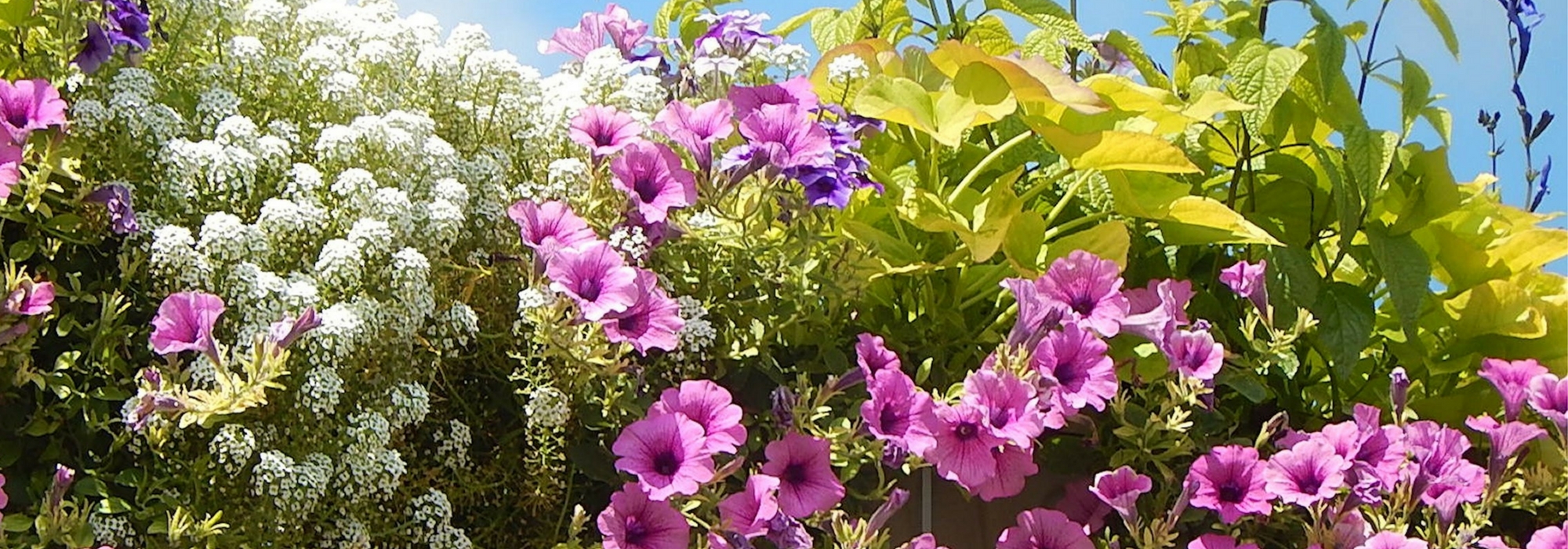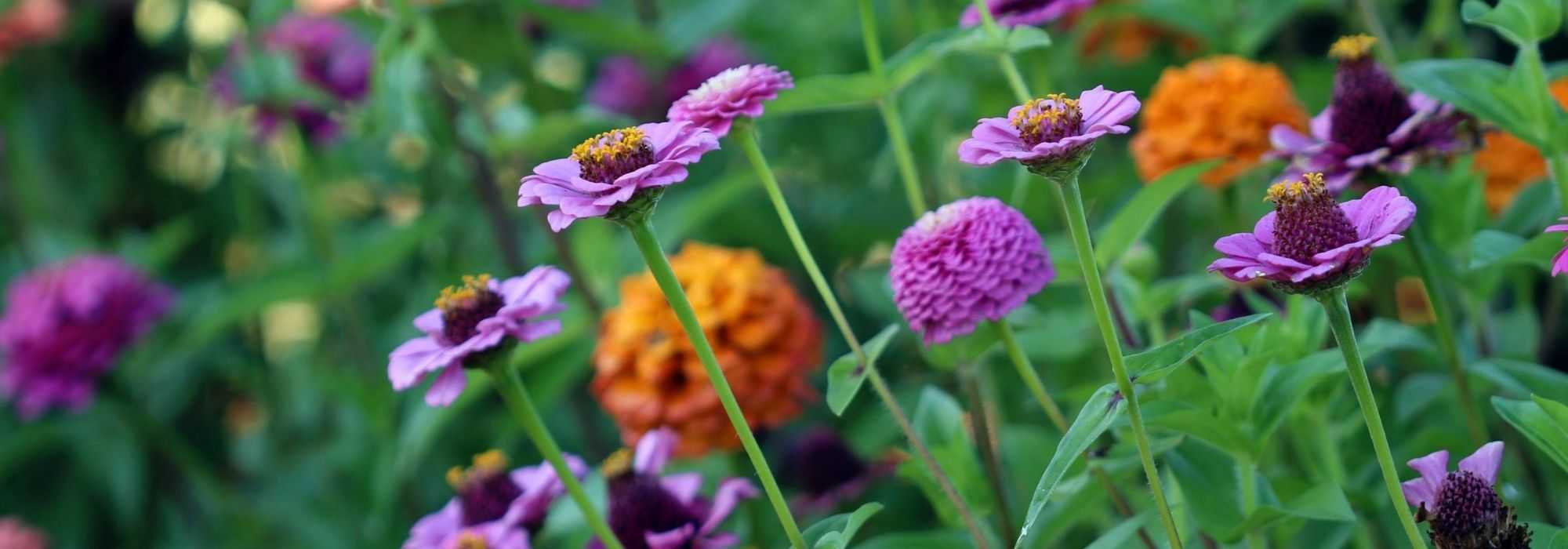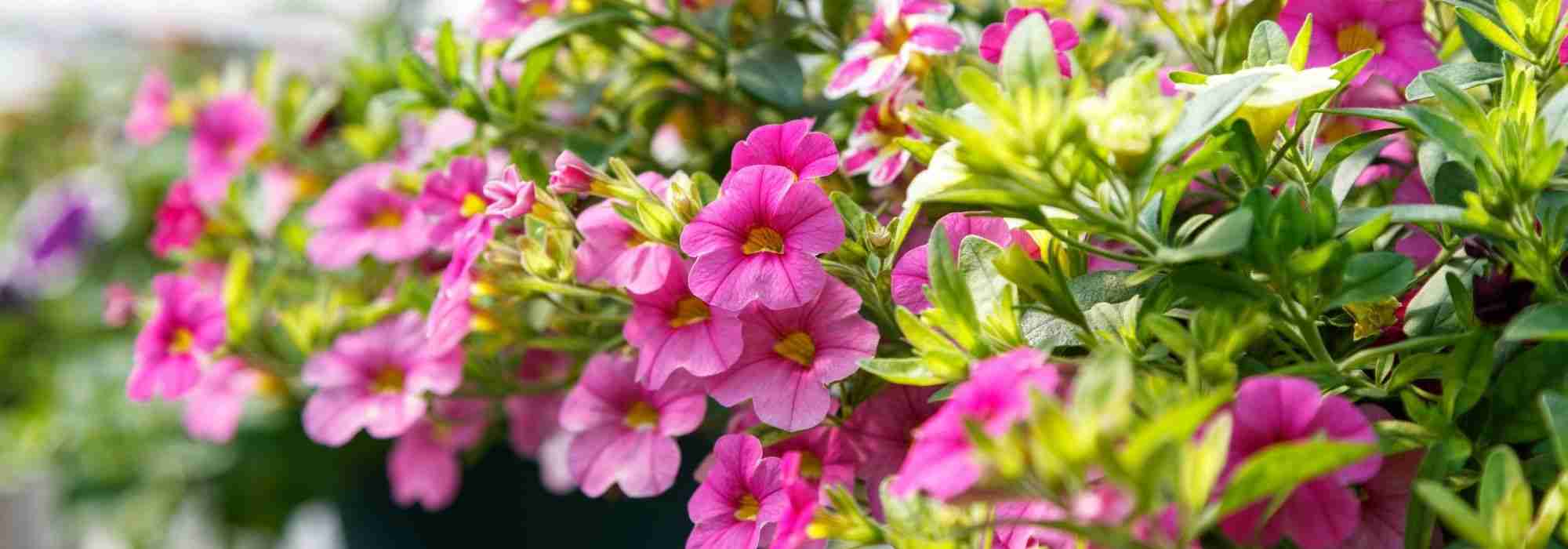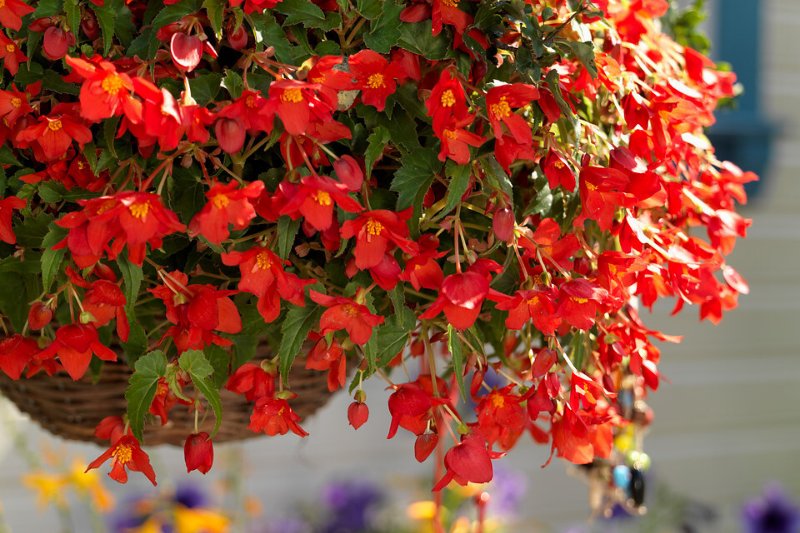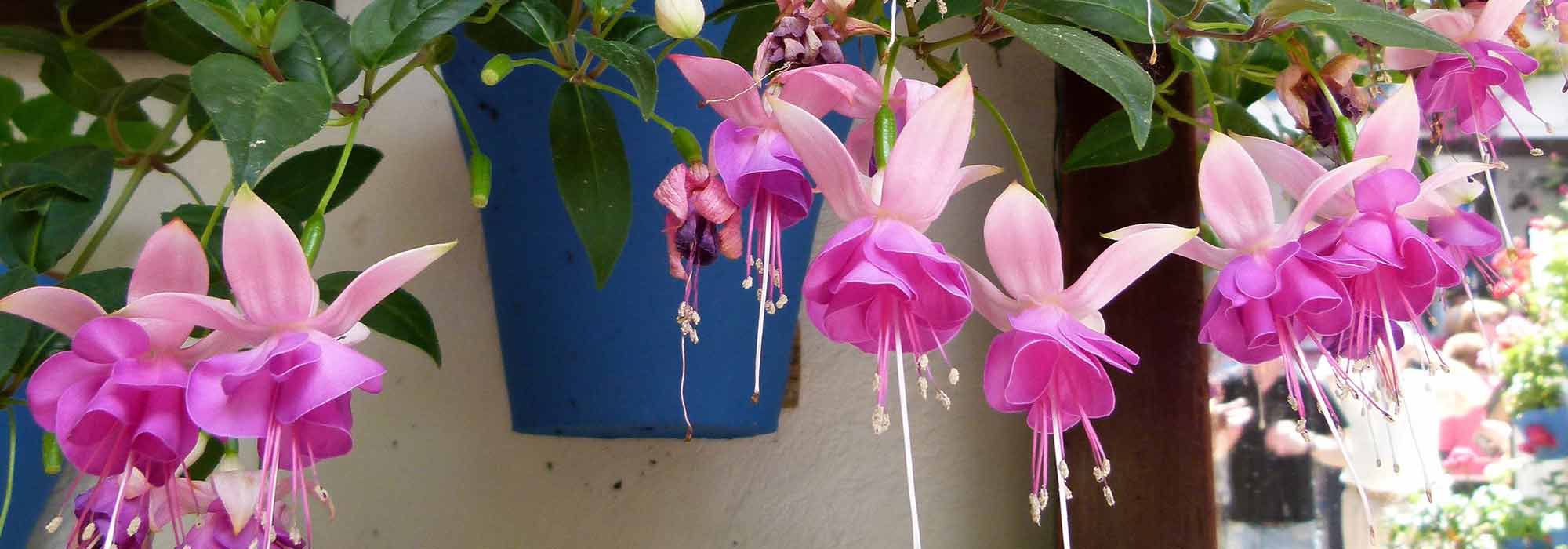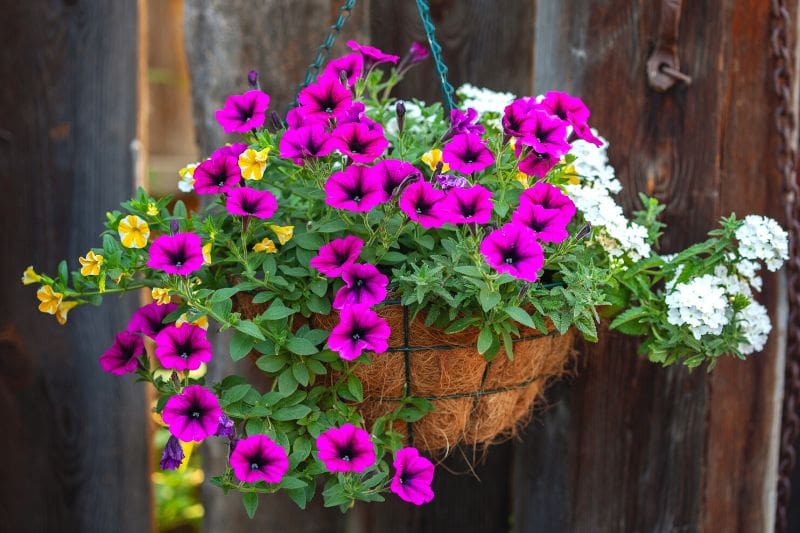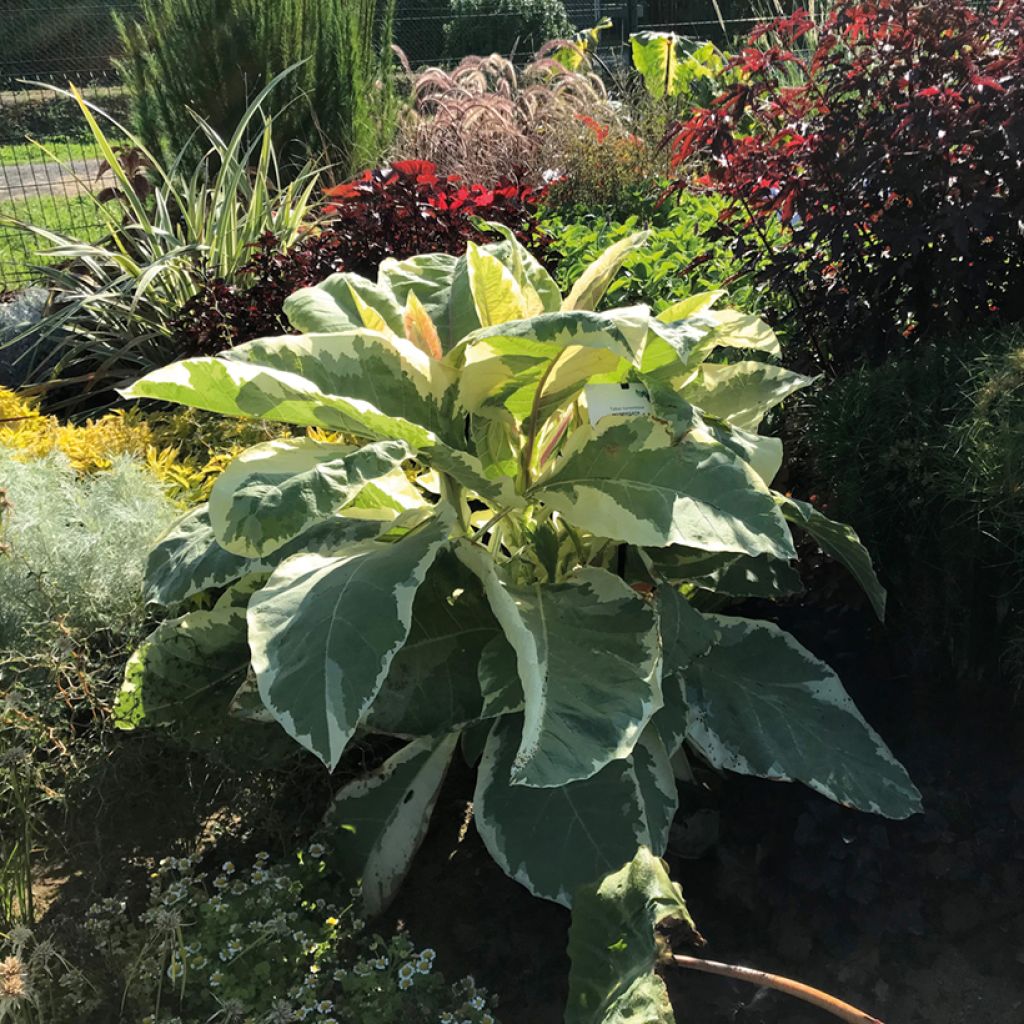

Nicotiana tomentosa Variegata
Nicotiana tomentosa Variegata
Nicotiana tomentosa Variegata
Tobacco, Nicotiana
Special offer!
Receive a €20 voucher for any order over €90 (excluding delivery costs, credit notes, and plastic-free options)!
1- Add your favorite plants to your cart.
2- Once you have reached €90, confirm your order (you can even choose the delivery date!).
3- As soon as your order is shipped, you will receive an email containing your voucher code, valid for 3 months (90 days).
Your voucher is unique and can only be used once, for any order with a minimum value of €20, excluding delivery costs.
Can be combined with other current offers, non-divisible and non-refundable.
This plant carries a 6 months recovery warranty
More information
We guarantee the quality of our plants for a full growing cycle, and will replace at our expense any plant that fails to recover under normal climatic and planting conditions.
Does this plant fit my garden?
Set up your Plantfit profile →
Description
Nicotiana tomentosa 'Variegata', or variegated giant tobacco, is an ornamental plant prized for its superb foliage and significant growth. Its broad, variegated green and white leaves bring great elegance to summer borders and large containers. This easy to grow annual can be kept from one year to the next in a pot overwintered away from frost.
From the Solanaceae family, Nicotiana tomentosa originates from South America. This species grows naturally on mountain slopes and in the humid valleys of this region. The term "tomentosa" comes from the Latin tomentosus, meaning "covered with down", referring to the downy texture of its leaves and stems. The 'Variegata' cultivar stands out with its imposing leaves, measuring up to 70 cm long and 50 cm wide, marked with creamy white on a pale green and grey-green background. The plant has an upright habit, sparsely branched with sturdy stems. Its rapid growth allows it to reach over 1.50 m in a single season. The flowers rarely have time to form in cool climates, unless the plant is brought into a greenhouse over winter. They are quite small, tubular, whitish, and grouped in loose panicles above the foliage. They emit a jasmine-like fragrance, especially in the evening. The foliage is evergreen when protected from frost.
The ornamental tobacco 'Variegata' is a highly decorative plant, often used by municipalities in urban flowerbeds. In the garden, it fits perfectly into large borders where it adds volume and interesting texture. In pots, it elegantly adorns terraces and balconies. In a grand exotic display, it can be paired with Canna 'Red Wine', Ricinus communis 'Impala', Dahlia 'Bishop of Llandaff', and Colocasia 'Sangria', for example.
Did you know that the pollination method of Nicotiana is directly linked to the nicotine content in the flowers? Research has shown that varieties with low nicotine levels require bees, butterflies, etc. for pollination. The fragrance of the flowers is designed to attract them. However, varieties with very high nicotine levels can be lethal to insects. They have adapted by self-pollinating. What other option do they have?
Flowering
Foliage
Plant habit
Botanical data
Nicotiana
tomentosa
Variegata
Solanaceae
Tobacco, Nicotiana
South America
Planting and care
Nicotiana tomentosa Variegata should be planted in spring, after the last frosts, in a sunny or partially shaded spot. This is an excellent plant for flower beds, planters, and containers. Use multi-purpose compost or geranium compost, for example. Water regularly while allowing the soil to dry out slightly between waterings. This tobacco plant thrives in rich, moist, but well-draining soil that is not waterlogged.
We recommend planting your tobacco plants early in the season to ensure more abundant growth, while protecting them from late spring frosts.
Planting period
Intended location
Care
Planting & care advice
This item has not been reviewed yet - be the first to leave a review about it.
Haven't found what you were looking for?
Hardiness is the lowest winter temperature a plant can endure without suffering serious damage or even dying. However, hardiness is affected by location (a sheltered area, such as a patio), protection (winter cover) and soil type (hardiness is improved by well-drained soil).

Photo Sharing Terms & Conditions
In order to encourage gardeners to interact and share their experiences, Promesse de fleurs offers various media enabling content to be uploaded onto its Site - in particular via the ‘Photo sharing’ module.
The User agrees to refrain from:
- Posting any content that is illegal, prejudicial, insulting, racist, inciteful to hatred, revisionist, contrary to public decency, that infringes on privacy or on the privacy rights of third parties, in particular the publicity rights of persons and goods, intellectual property rights, or the right to privacy.
- Submitting content on behalf of a third party;
- Impersonate the identity of a third party and/or publish any personal information about a third party;
In general, the User undertakes to refrain from any unethical behaviour.
All Content (in particular text, comments, files, images, photos, videos, creative works, etc.), which may be subject to property or intellectual property rights, image or other private rights, shall remain the property of the User, subject to the limited rights granted by the terms of the licence granted by Promesse de fleurs as stated below. Users are at liberty to publish or not to publish such Content on the Site, notably via the ‘Photo Sharing’ facility, and accept that this Content shall be made public and freely accessible, notably on the Internet.
Users further acknowledge, undertake to have ,and guarantee that they hold all necessary rights and permissions to publish such material on the Site, in particular with regard to the legislation in force pertaining to any privacy, property, intellectual property, image, or contractual rights, or rights of any other nature. By publishing such Content on the Site, Users acknowledge accepting full liability as publishers of the Content within the meaning of the law, and grant Promesse de fleurs, free of charge, an inclusive, worldwide licence for the said Content for the entire duration of its publication, including all reproduction, representation, up/downloading, displaying, performing, transmission, and storage rights.
Users also grant permission for their name to be linked to the Content and accept that this link may not always be made available.
By engaging in posting material, Users consent to their Content becoming automatically accessible on the Internet, in particular on other sites and/or blogs and/or web pages of the Promesse de fleurs site, including in particular social pages and the Promesse de fleurs catalogue.
Users may secure the removal of entrusted content free of charge by issuing a simple request via our contact form.
The flowering period indicated on our website applies to countries and regions located in USDA zone 8 (France, the United Kingdom, Ireland, the Netherlands, etc.)
It will vary according to where you live:
- In zones 9 to 10 (Italy, Spain, Greece, etc.), flowering will occur about 2 to 4 weeks earlier.
- In zones 6 to 7 (Germany, Poland, Slovenia, and lower mountainous regions), flowering will be delayed by 2 to 3 weeks.
- In zone 5 (Central Europe, Scandinavia), blooming will be delayed by 3 to 5 weeks.
In temperate climates, pruning of spring-flowering shrubs (forsythia, spireas, etc.) should be done just after flowering.
Pruning of summer-flowering shrubs (Indian Lilac, Perovskia, etc.) can be done in winter or spring.
In cold regions as well as with frost-sensitive plants, avoid pruning too early when severe frosts may still occur.
The planting period indicated on our website applies to countries and regions located in USDA zone 8 (France, United Kingdom, Ireland, Netherlands).
It will vary according to where you live:
- In Mediterranean zones (Marseille, Madrid, Milan, etc.), autumn and winter are the best planting periods.
- In continental zones (Strasbourg, Munich, Vienna, etc.), delay planting by 2 to 3 weeks in spring and bring it forward by 2 to 4 weeks in autumn.
- In mountainous regions (the Alps, Pyrenees, Carpathians, etc.), it is best to plant in late spring (May-June) or late summer (August-September).
The harvesting period indicated on our website applies to countries and regions in USDA zone 8 (France, England, Ireland, the Netherlands).
In colder areas (Scandinavia, Poland, Austria...) fruit and vegetable harvests are likely to be delayed by 3-4 weeks.
In warmer areas (Italy, Spain, Greece, etc.), harvesting will probably take place earlier, depending on weather conditions.
The sowing periods indicated on our website apply to countries and regions within USDA Zone 8 (France, UK, Ireland, Netherlands).
In colder areas (Scandinavia, Poland, Austria...), delay any outdoor sowing by 3-4 weeks, or sow under glass.
In warmer climes (Italy, Spain, Greece, etc.), bring outdoor sowing forward by a few weeks.






























